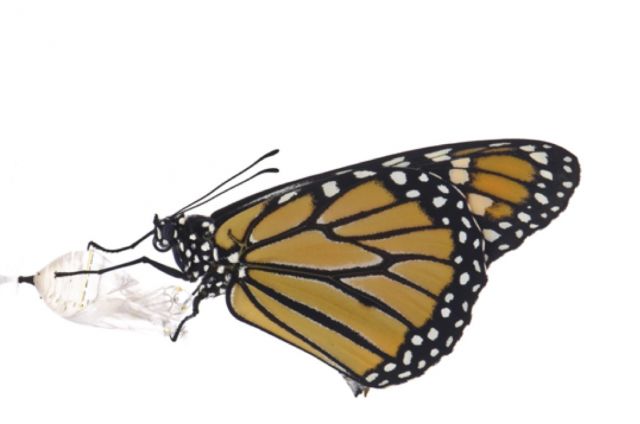The New York Times, October 24, 2019
Evolutionary biologists retrace the history of life in all its wondrous forms. Some search for the origin of our species. Others hunt for the origin of birds.
On Thursday, a team of researchers reported an important new insight into the origin of zombies — in this case, ants zombified by a fungus.
Here’s how it works: Sometimes an ant, marching about its business outdoors, will step on a fungal spore. It sticks to the ant’s body and slips a fungal cell inside.
Continue reading “After This Fungus Turns Ants Into Zombies, Their Bodies Explode”
